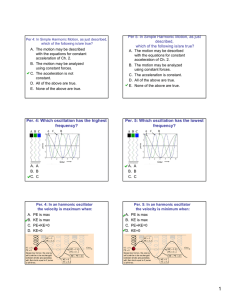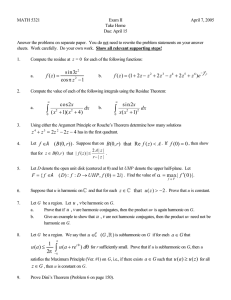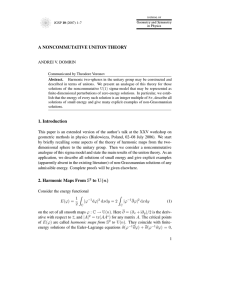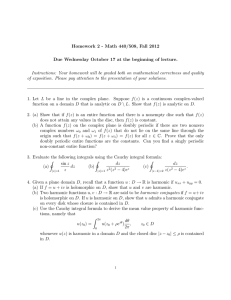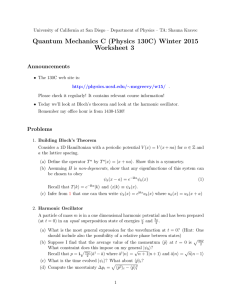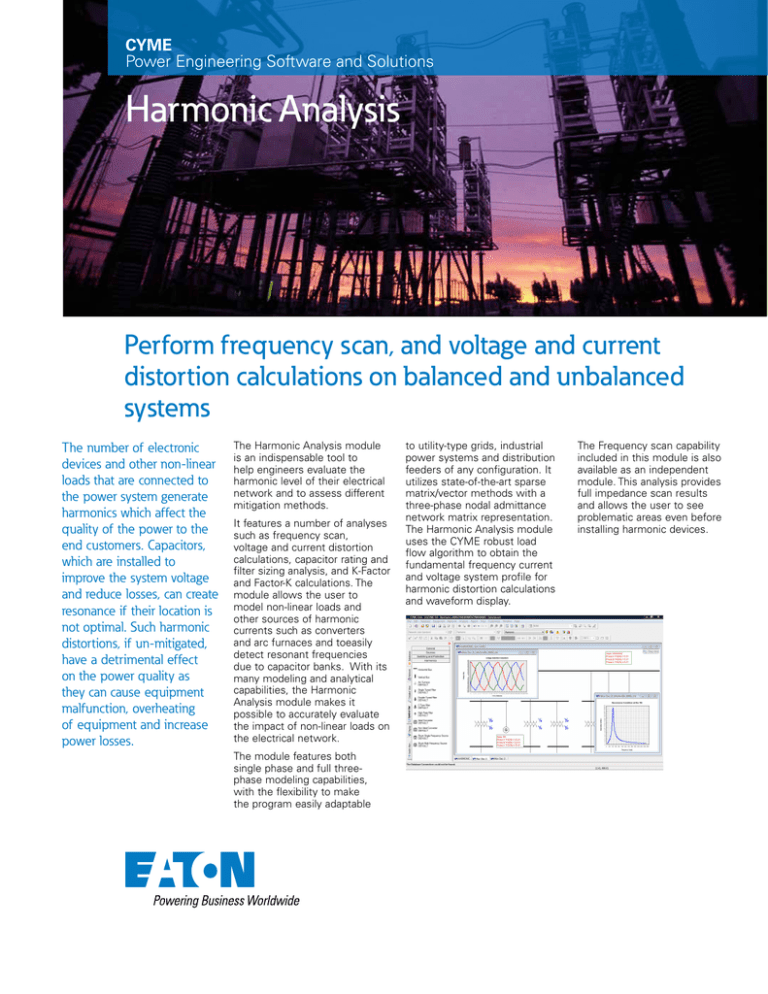
CYME
Power Engineering Software and Solutions
Harmonic Analysis
Perform frequency scan, and voltage and current
distortion calculations on balanced and unbalanced
systems
The number of electronic
devices and other non-linear
loads that are connected to
the power system generate
harmonics which affect the
quality of the power to the
end customers. Capacitors,
which are installed to
improve the system voltage
and reduce losses, can create
resonance if their location is
not optimal. Such harmonic
distortions, if un-mitigated,
have a detrimental effect
on the power quality as
they can cause equipment
malfunction, overheating
of equipment and increase
power losses.
The Harmonic Analysis module
is an indispensable tool to
help engineers evaluate the
harmonic level of their electrical
network and to assess different
mitigation methods.
It features a number of analyses
such as frequency scan,
voltage and current distortion
calculations, capacitor rating and
filter sizing analysis, and K-Factor
and Factor-K calculations. The
module allows the user to
model non-linear loads and
other sources of harmonic
currents such as converters
and arc furnaces and toeasily
detect resonant frequencies
due to capacitor banks. With its
many modeling and analytical
capabilities, the Harmonic
Analysis module makes it
possible to accurately evaluate
the impact of non-linear loads on
the electrical network.
The module features both
single phase and full threephase modeling capabilities,
with the flexibility to make
the program easily adaptable
to utility-type grids, industrial
power systems and distribution
feeders of any configuration. It
utilizes state-of-the-art sparse
matrix/vector methods with a
three-phase nodal admittance
network matrix representation.
The Harmonic Analysis module
uses the CYME robust load
flow algorithm to obtain the
fundamental frequency current
and voltage system profile for
harmonic distortion calculations
and waveform display.
The Frequency scan capability
included in this module is also
available as an independent
module. This analysis provides
full impedance scan results
and allows the user to see
problematic areas even before
installing harmonic devices.
Harmonic
Analysis
Perform frequency scan,
and voltage and current
distortion calculations on
balanced and unbalanced
systems.
Analytical Capabilities
•
Phase or sequence analysis
•
Driving point and transfer
point frequency scan analysis
•
Harmonic voltage distortion
analysis
•
Harmonic current distortion
analysis
•
Calculation of telephonic
interference indices (TIF, IT,
etc.)
•
Evaluate system sensitivity
level
•
Harmonic cancellation
•
System detuning via filter
sizing
•
Capacitor stress analysis
•
Skin effect modeling
•
User defined distortion limits
or as per IEEE 519™ 1992
standard
•
•
Selection of line/cable models:
series R-L, nominal Pl,
transposed and un-transposed
distributed parameters, and
frequency-dependent
Capacitor Stress and Filter
Sizing
The Harmonic Analysis module
features stress analysis of
capacitors, including those
incorporated in filters, to help
engineers determine whether
the capacitors are rated properly
according to user-defined or
IEEE standard limits.
Likewise, fundamental resistor
losses, fundamental and
harmonic current through the
reactance, and fundamental and
harmonic voltage through the
capacitor of filters are calculated
to help engineers determine if
the filters are sized properly.
Transformer K-Factor
Calculation
The Harmonic Analysis module
also offers the Transformer
K-Factor (ANSI/IEC) and
Factor-K (BS) calculation for
the assessment of transformer
rating with respect to the
harmonic level of the system.
Selection of load models:
(Parallel R-L, Series R-L,
CIGRE C-Type, etc.)
Equipment Library
Users can model multiple types
of harmonic sources to assess
the effectiveness of filters and
modify them at will in order
to attain acceptable level of
harmonic distortion indices on
your network.
Our extensive library includes
equipment such as:
•
Ideal and non-ideal converters
•
Generic single or multiple
frequency current and voltage
source models. This includes
a library of drives with typical
harmonic spectrum as per
IEEE 519.18™
•
Arc furnace model
•
Passive shunt filter models
comprising single tuned, highpass, double tuned and C-type
•
Library of single phase and
three-phase transmission line
and cable models, series R-L,
nominal Pl and distributed
parameters
•
Synchronous and induction
motor models
•
Single phase and three-phase
transformer models allowing
harmonic cancellation through
their phase shift angles
•
Modeling harmonic sources
of nonlinear loads and power
electronics equipment
•
Static load modeling: parallel
R-L and CIGRE C-Type
•
Series and parallel RLC
branch circuits to create any
user defined equipment
Eaton
1000 Eaton Boulevard
Cleveland, OH 44122
United States
Eaton.com
CYME International T&D
1485 Roberval, Suite 104
St.Bruno, QC, Canada J3V 3P8
P: 450.461.3655 F: 450.461.0966
P: 800.361.3627 (Canada/USA)
CymeInfo@eaton.com
www.eaton.com/cyme
© 2015 Eaton All Rights Reserved
Printed in Canada
Publication No. BR 917 011 EN
November 2014
Eaton is a registered trademark.
All other trademarks are property
of their respective owners.
Follow us on social media to get the
latest product and support information.


